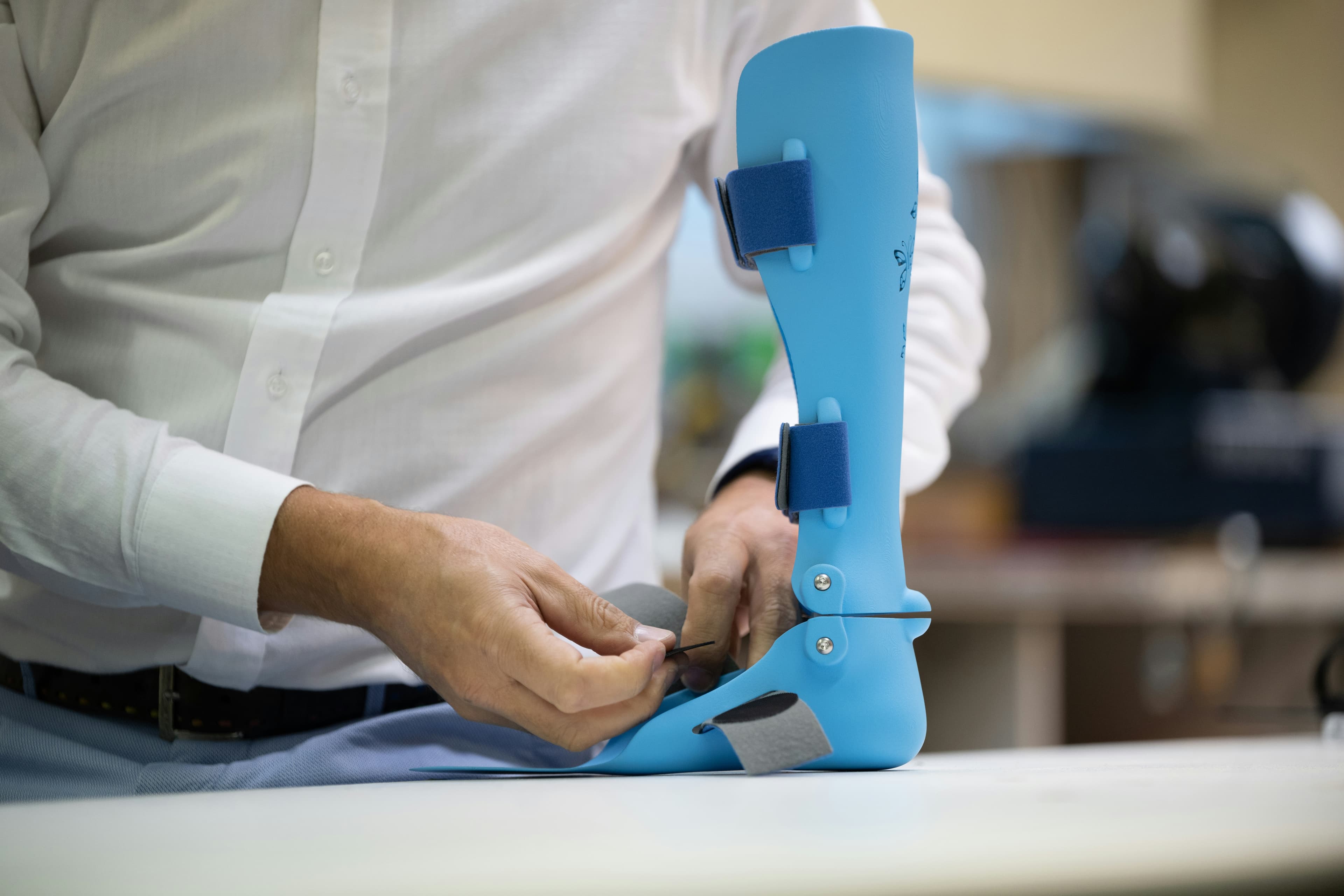Modern Approaches to Joint Pain Relief

Understanding Joint Pain
Chronic joint pain affects millions worldwide, significantly impacting mobility and quality of life. The most common causes include osteoarthritis, rheumatoid arthritis, bursitis, and gout. As we age, the cartilage that cushions our joints naturally wears down, leading to inflammation, stiffness, and discomfort.
Non-Surgical Treatment Options
Modern medicine offers numerous non-surgical approaches to manage joint pain effectively. Physical therapy remains a cornerstone treatment, helping patients strengthen supporting muscles and improve range of motion. Therapists often combine targeted exercises with modalities like ultrasound or electrical stimulation to reduce inflammation.
Innovative Therapies
Platelet-rich plasma (PRP) injections have emerged as a promising treatment, using the patient's own blood components to stimulate healing. Hyaluronic acid therapy, often called "joint lubrication" injections, can provide months of relief for osteoarthritis sufferers. Recent studies show these treatments can delay or even prevent the need for joint replacement surgery in many cases.
Lifestyle Modifications
Weight management plays a crucial role in joint health—every pound lost reduces four pounds of pressure on knees. Low-impact exercises like swimming or cycling maintain joint function without excessive wear. Many patients find relief through complementary therapies like acupuncture or yoga, though results vary by individual.
When to Consider Surgery
While we focus on conservative treatments first, joint replacement may become necessary when pain severely limits daily activities. Modern prosthetic joints last 15-20 years, making timing crucial. Our team works with patients to determine the optimal treatment path based on their specific condition and lifestyle needs.